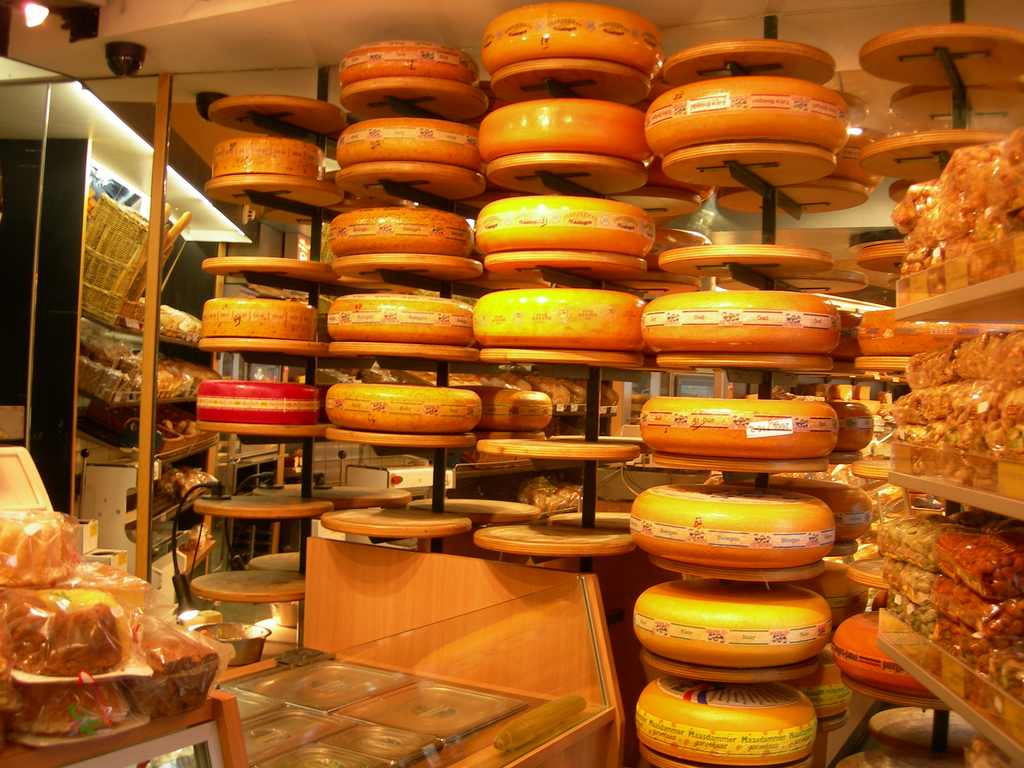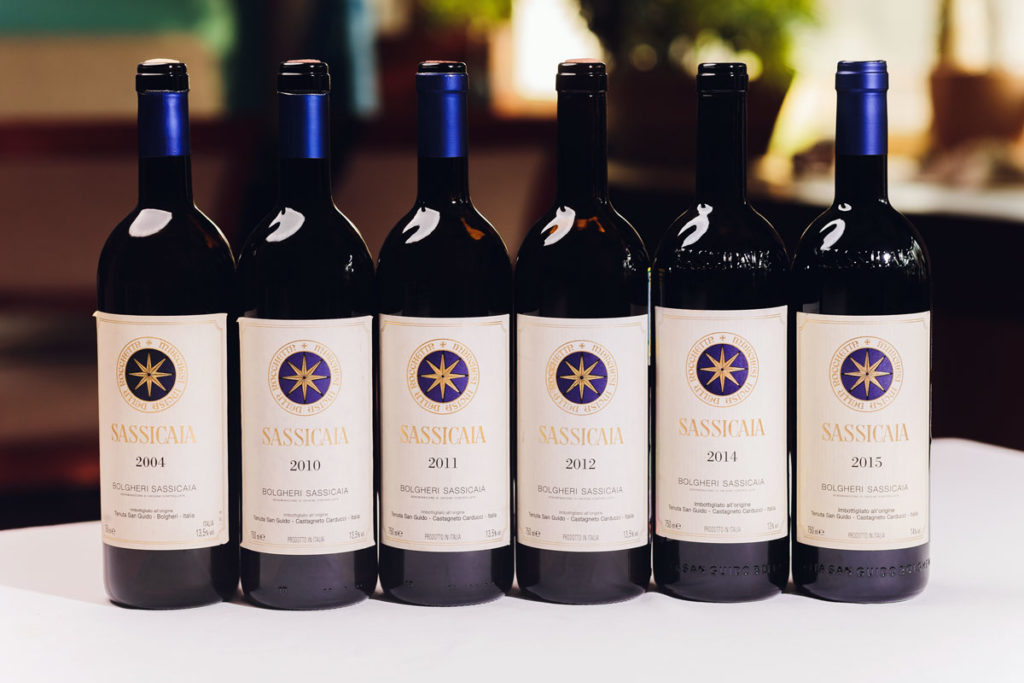The Preservation of Authenticity: Italian cheese and their protection rights
The height of any society is defined by the height of its civility, and one of the key components that speaks to the wealth of a culture is the richness of its cuisine. In Europe, no food product has the distinction, classification and even legal rights as that of their cheese. As legendary French statesman Charles de Gaulle so aptly put it:
“How can you govern a country which has two hundred and forty-six varieties of cheese?”
In Europe, certain regional products are protected under a classification system to preserve their authenticity. The climate, variants in crop, animal types and differences in cultivation, fermentation, and ageing techniques will all influence the final flavour of the cheese, wine, and beer.
Certain products must be grown in certain regions, in certain climates and under qualified conditions in order for them to be classified under a regional trademark. Asiago cheese must come from the town of Asiago in the province of Vicenza, for example, and Castelmagno, which dates back to 1277, has to be stamped with the commune of Castelmagno.

Cheese is always integral to the Italian concept of antipasti
Denominazione di Origine Controllata (D.O.C.)
Originating from Appellation d’Origine Contrôlée (AOC), the French legal term, or the “Controlled Designation of Origin”, while Italy uses the Denominazione di Origine Controllata (DOC). Specialised regional food products are regulated, and for Italian cheeses there is yet another designation, the Denominazione di Origine Protetta (DOP), or Protected Designation of Origin, for such regulations.
222 regional Italian products fall under the DOPs protection, from balsamic vinegars to essential oils, and various meat products. The Bresaola della Valtellina, a dried beef from the region of Lombardy, the Pistacchio Verde de Bronte, pistachio from the region of Sicily, and Barolo red wine from the Piedmont region make up this rich tapestry of quality ingredients.
Italian cheese ranges widely from region to region – from a multitude of flavours and textures, a variety of animal milks and with shorter or longer ageing processes like Mozzarella di Bufala Campana, or buffalo mozzarella; to older, harder, more mature cheeses like the Pecorino. Parmigiano Reggiano, Piave and Taleggio are all on the protected list.

The ageing process determines the flavour of cheese
Know your cheese
Marini’s on 57 carries a variety of fine Italian cheeses, including the Pecorino di Fossa, a hard cheese that is matured in a traditional process underground in a pit. This cheese originates from the Emilia Romagna region and is made with sheep’s milk. It can be grated over pasta or served on its own as antipasti.
Another stand out cheese is the Blu 61. This soft Italian blue cheese is washed in Raboso Passito wine and covered with cranberries to give it its distinctive taste. Aged over two to three months this cheese is for the more adventurous cheese lovers looking for intense flavour. At Marini’s on 57, the Blu 61 is served with iconic Barolo grapes from the region of Piedmont.
If you’re looking for something a little more mature there is the 32-month-aged Grana Padano Asiago Stravecchio. This cheese, made from cow’s milk with its ageing resulting in a hard texture and a delicious nutty and fruity flavour.
Cheese can range from different textures, for example, the Taleggio, one of the oldest cheeses known, is a semi-soft cheese washed in sea water once a week. This cheese takes 6 to 10 weeks to fully mature.

Taleggio, Salva and Strachitunt Italian cheeses
Caprino is a cheese made from goat’s milk and comes in a soft to medium-soft texture. This cheese has a fresh milky taste with a dense creamy texture – perfect for a cheese board.
For a luxurious cheese, there is the Ubriaco Prosecco, a cheese made from cow’s milk that begins soft, but as it ages, develops a supple texture that becomes hard, quite similar to parmesan. This cheese is called the drunken cheese and is bathed in dry and sparkling Prosecco wine to leave a sweet tinge of flavour on the palette.

Pair cheese with olives for an exquisite and distinctive flavour, the Italian way
To each his own
The variety of Italian cheeses is numerous; some prefer the strong and mature blue cheese, some prefer harder varieties, while others choose to go with the soft to semi-soft goats and buffalo cheese. They all serve a different purpose and can all be served differently. What’s most important is to know the origin of your cheeses, because with authenticity comes flavour, complexity and taste.



